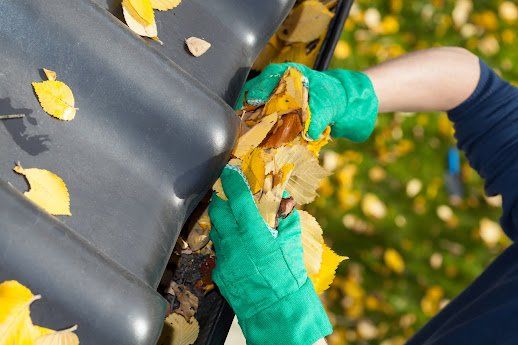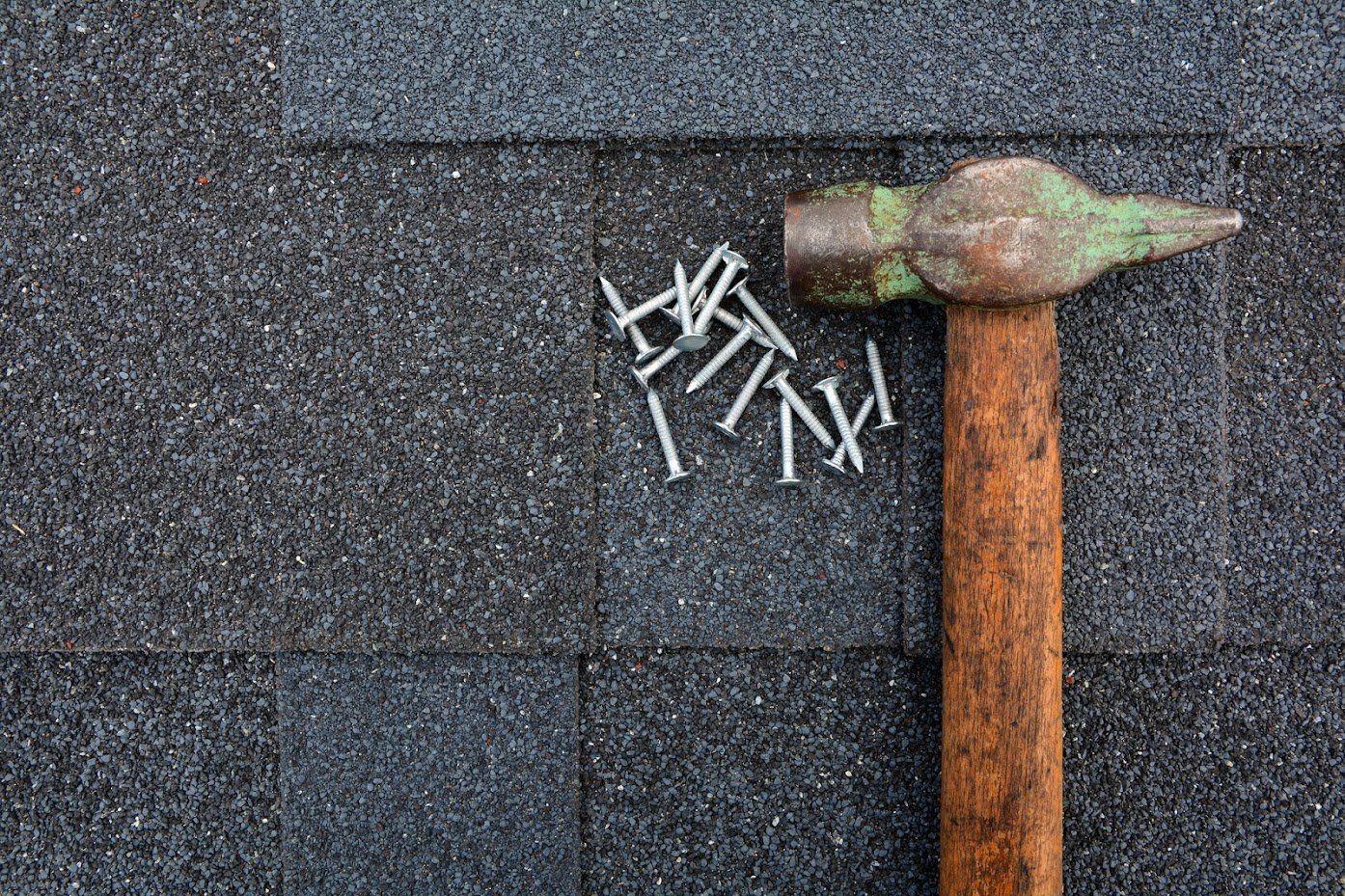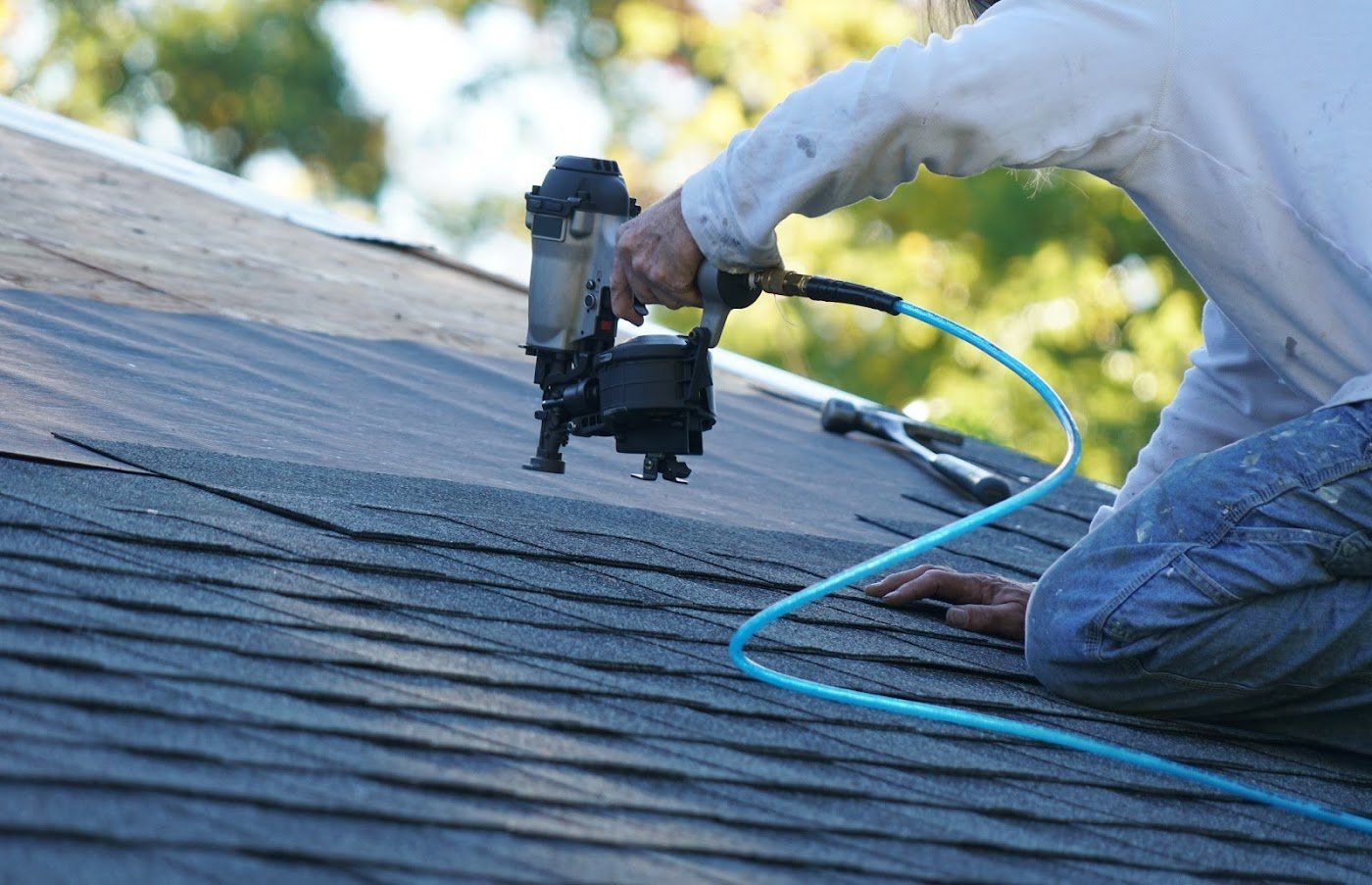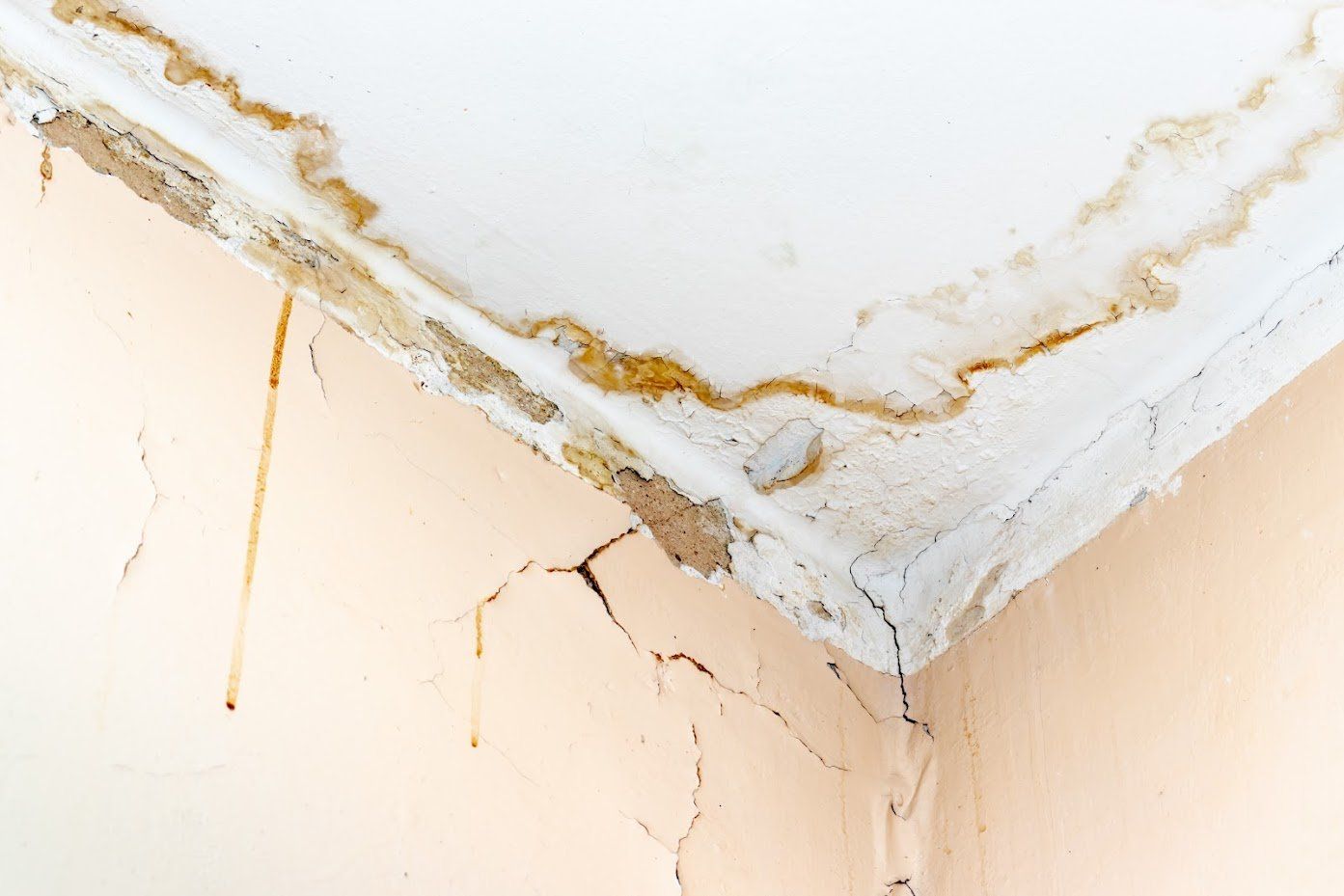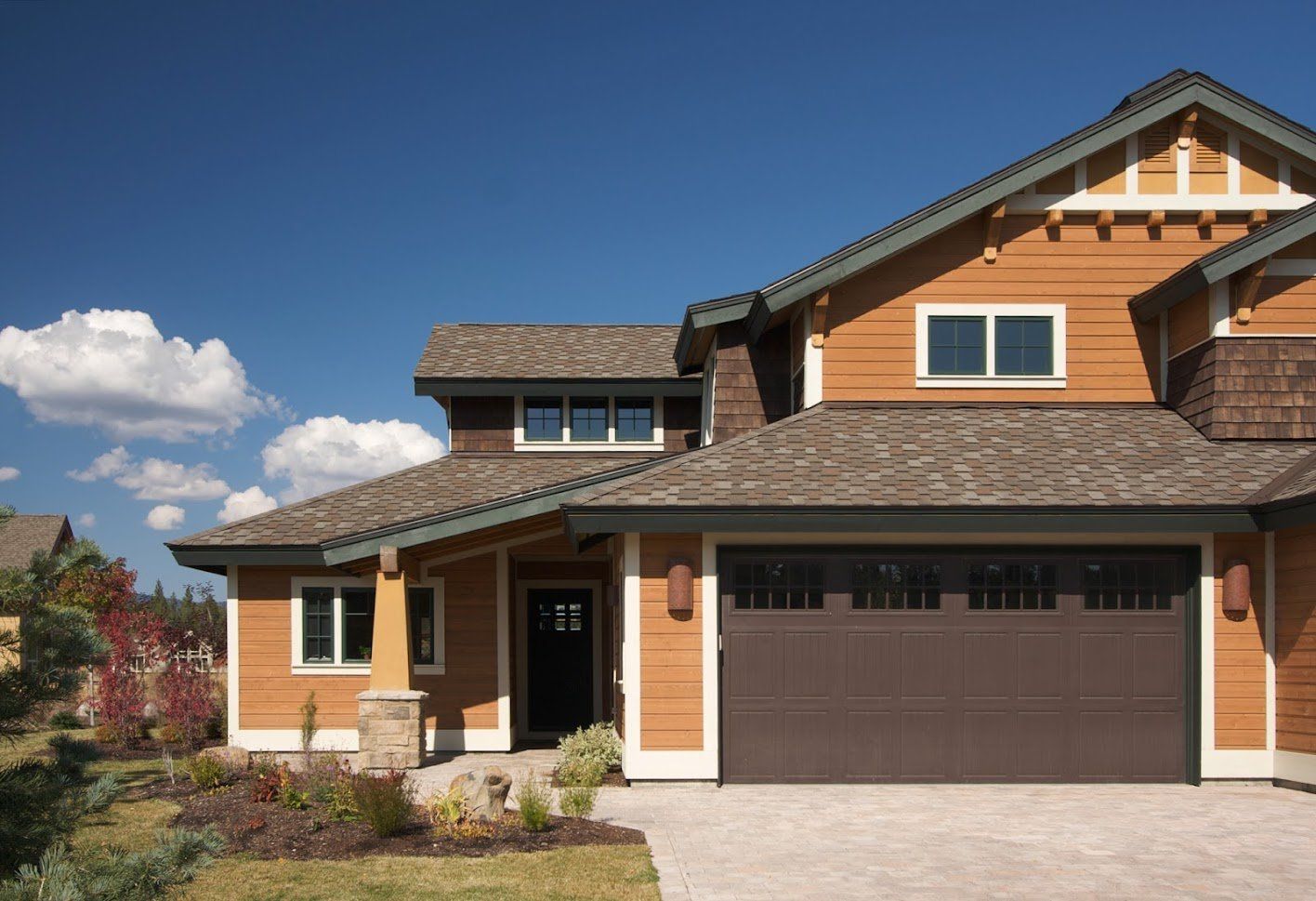How to Protect Your Roof From Wind Damage
- By Admin
- •
- 15 Nov, 2019
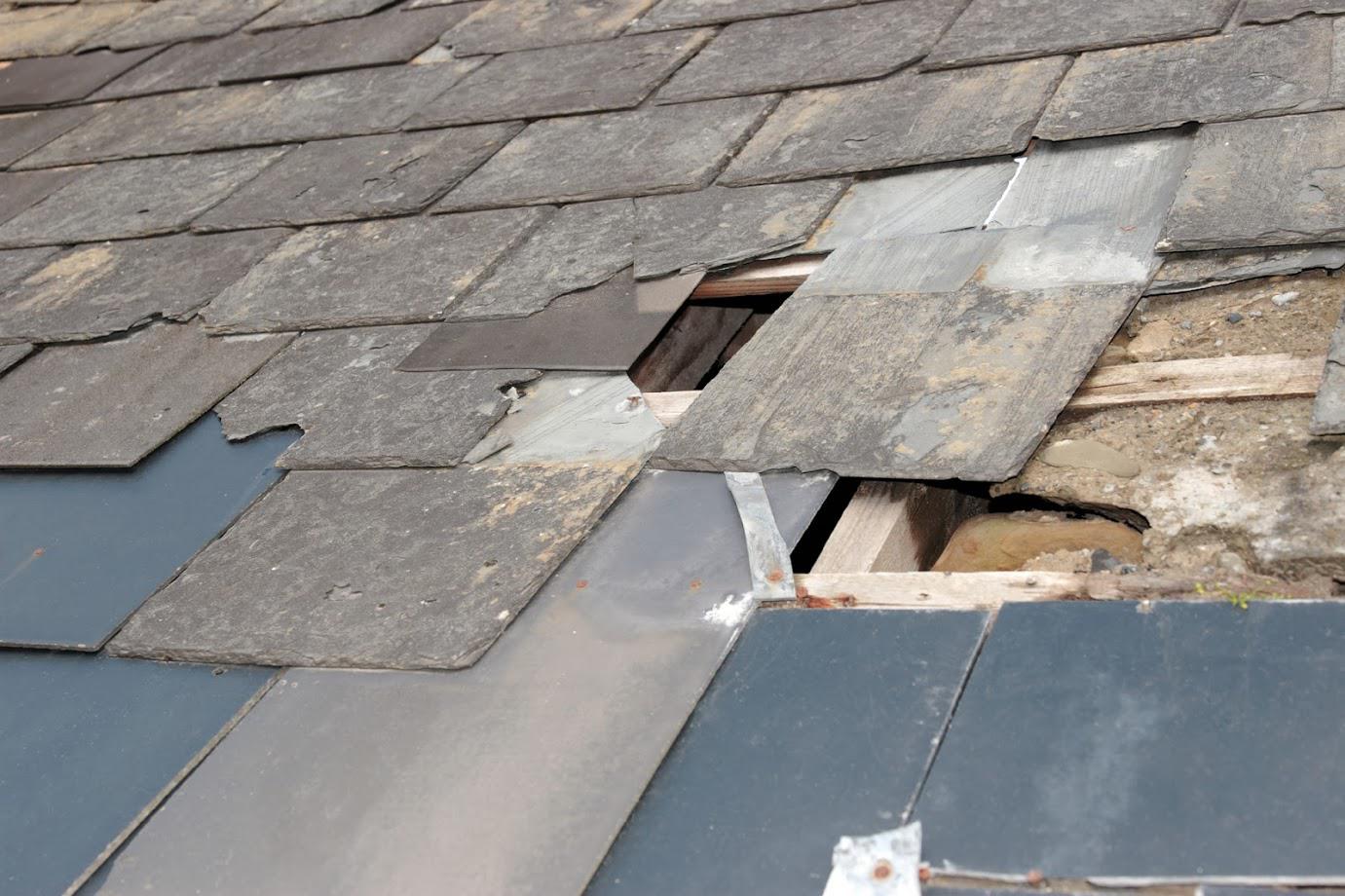
Whether you are concerned about winter winds or starting to plan for tornado season, turn your focus up to the roof. You are fully dependent on the roof to keep you safe and dry, but it is the one part of your home that is exposed to the full force of any type of wind storm. Read on for some tips that will protect your roof against wind damage.
Manage Your Landscape
Items in the landscape may not seem like a roof danger, but high winds can send things flying right at your house.
Trees
Trees can pose a danger to the roof in several different ways. Trees placed too close to the house can scrape against and break shingles or drop large branches on the roof during high winds. The best fix is to either trim back the branches or have the problem tree removed.
Another concern are trees that may fall on the house. Trees that lean, have a weak multiple-trunk system, or show signs of distress are at the greatest risk of falling. Distress can include things like insect infestations or fungal growth from the trunk and base of the tree.
Furniture and Ornaments
Anything that isn't staked down can become airborne in a severe enough storm. In high enough winds or in the event of a tornado, even heavy items may blow against your house and roof. As a general rule, put away outdoor tools, toys, and entertaining items when they aren't in use.
You can also stake down items like patio tables and lawn ornaments. Spiral metal stakes that you twist a foot or more into the ground, combined with metal cable locks, can provide a strong anchor to help prevent ornaments from blowing around.
Reinforce Roof Installations
Wind can destroy anything mounted on or near the roof, which in turn can lead to roof damage.
Gutters
Gutters route water away from the roof and house, which is a good thing when the gutters are in good repair. Gutters that sag or are otherwise damaged, on the other hand, can tear away from the roof and damage the eaves during a wind storm.
Inspect your gutters regularly. If they sag, chances are that you need to install a few more gutter clips so that the troughs and downspouts are firmly attached to your roof.
Other Installations
Other rooftop installations include roof-mounted HVAC systems, chimneys and vents, and utility posts and boxes that may be mounted to your roof or eaves. Wind can tear poorly secured items from the roof or cause parts to break off and damage the shingles.
Verify that all installations are firmly affixed to the roof during a regular inspection. Check for missing bolts, loose pieces, or existing damage and then have the problems fixed immediately.
Build a Better Roof
Whether you need a new roof now or expect to in the future, you should know what options are available to wind-proof your roof.
Underlayment and Sheathing
Waterproof underlayment can protect your home's interior in the event shingles are lost in a windstorm, so paying a little bit extra for better underlayment is a good idea.
As for the plywood sheathing that goes beneath the underlayment, opt for 7/16-inch or thicker (as allowed by your roof's weight load maximum). Nails can go in deeper on thicker sheathing, which means that the nails holding shingles in place are less likely to rip out in high winds.
Roofing Materials
An upgrade to your roof materials and design can protect against wind damage. For example, laminated asphalt shingles are more storm resistant, so they are likely to withstand wind better than the alternatives.
You can also upgrade your ridge vent to a baffled version. Baffled vents were developed for hurricane prone areas, so they can easily withstand the high winds seen around Kansas City. These vents block rain but still allow air to flow through, so they are less likely to be ripped from the roof.
Contact Ratliff Enterprises, Inc., for more help with your roofing questions.



